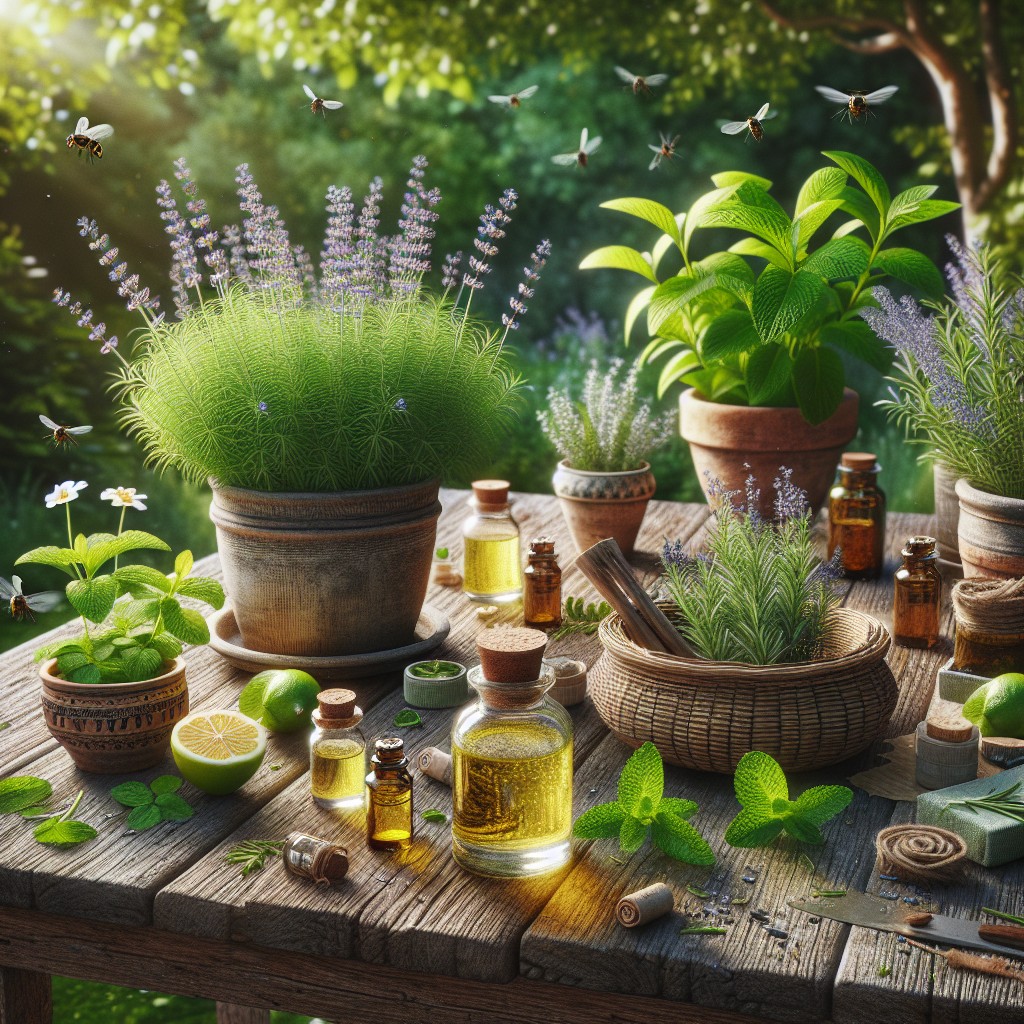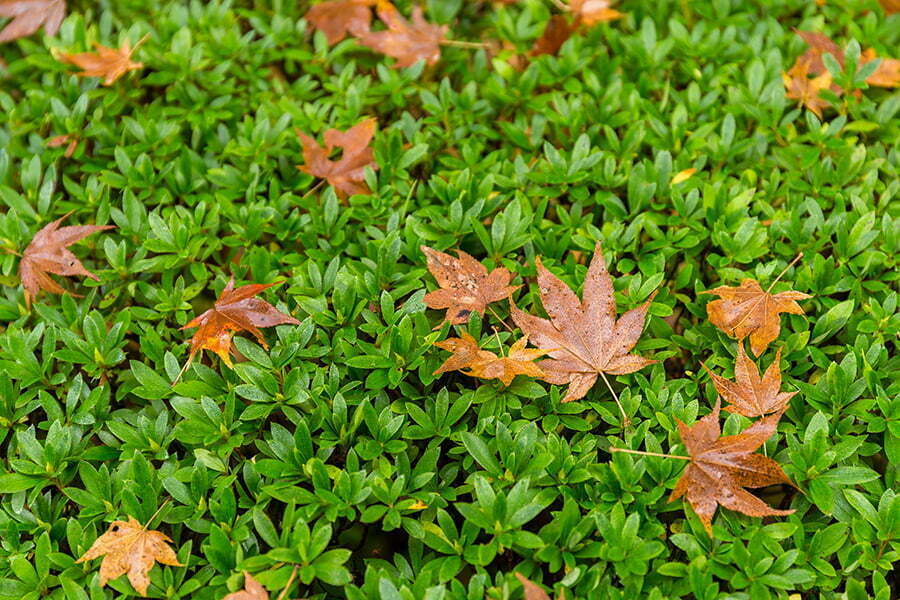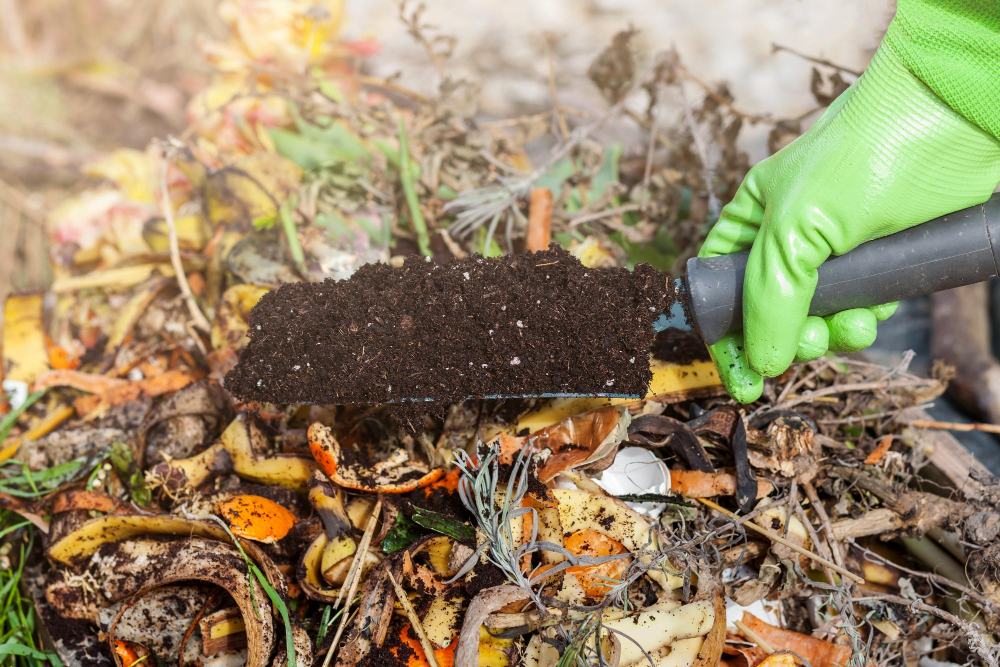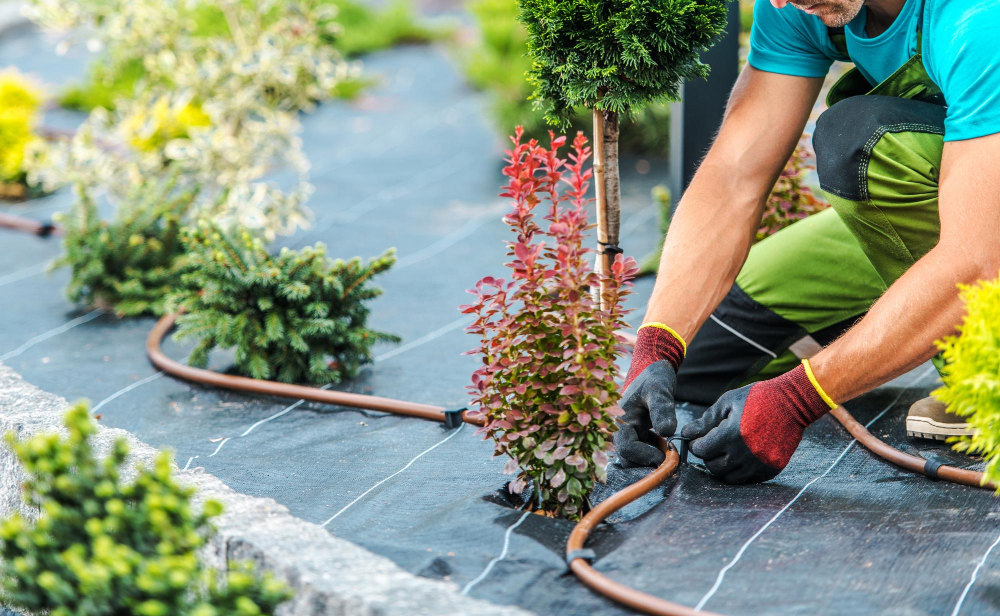Last updated on
Leverage various, simple remedies to keep flies away because these pests can potentially compromise your comfort and health.
Key takeaways:
- Start with prevention: Keep a clean environment, remove trash, and install screens.
- Use natural fly repellants: Citrus peels, vinegar traps, and aromatic herbs.
- Create natural traps: Homemade fly baits and mason jar traps.
- Use essential oils: Peppermint, eucalyptus, lavender, and lemongrass.
- Seal up windows and cover garbage: Apply weather stripping, use fine mesh screens, and secure trash bins.
Start With Prevention

Maintaining a clean environment is foundational in discouraging flies from entering your space. Regularly remove trash and keep bins tightly sealed, as exposed waste is a magnet for these pests.
Swiftly address food spills, and never leave dishes unwashed for too long. In warm months, consider installing screens on windows and doors to block their entry.
By minimizing attractants and barriers to entry, you proactively diminish the likelihood of a fly problem before having to tackle it reactively.
Use Natural Fly Repellants

Citrus peels, particularly from lemons and oranges, emit a fragrance that is refreshing to humans but off-putting to flies. Place peels around entry points or areas where flies are problematic. Cloves, as well, can be an effective deterrent—embedding them into lemon halves creates a natural repellent that can be strategically positioned around your home.
Vinegar is a staple in repelling flies, especially when combined with dish soap in a homemade trap. The sweet smell of apple cider vinegar attracts flies, while the dish soap breaks the surface tension, trapping them. Simply mix the ingredients in a bowl and cover with plastic wrap, poking small holes to let the flies in.
Basil, lavender, mint, and rosemary not only have aromatic properties that are pleasant for us but also work as natural barriers against flies. Planting these herbs or placing them in bouquets around the house, particularly near windows and doorways, can help keep the flies at bay.
Create Natural Traps
Harnessing the power of everyday pantry items can be an effective tactic in fabricating homemade fly baits. One commonly used method involves mixing sugar, water, and a drop of dish soap into a bowl. The sugar tempts the flies with its sweet scent, leading them to the water where the soap breaks the surface tension, causing the flies to sink and become trapped.
Another approach utilizes apple cider vinegar warmed slightly to release its enticing aroma. By covering a container holding the vinegar with plastic wrap and poking small holes, flies can enter but struggle to escape. This method banks on the flies’ attraction to the fermented smell and their difficulty navigating simple traps.
Mason jars can also act as an efficient vessel for natural traps. By placing a bait, such as overripe fruit, in the bottom of the jar and creating a paper cone with a small hole in the bottom, flies drawn to the scent crawl into the jar but cannot easily find their way out through the narrow opening of the cone.
These homemade solutions leverage the natural behaviors and attractions of flies to capture them without the use of harsh chemicals. They can be particularly useful in areas like kitchens or patios, where food is often present, and safety is paramount.
Use Essential Oils
Harness the power of essential oils to create an unwelcoming environment for flies. These aromatic oils are a non-toxic way to deter insects without using harsh chemicals.
Consider peppermint, eucalyptus, lavender, and lemongrass for their fly-repelling qualities.
To employ, mix several drops with water in a spray bottle and mist around the home. Alternatively, soak cotton balls in your chosen oil and place them strategically around fly-prone areas.
These oils often do double duty, not only keeping flies at bay but also filling your space with a pleasant scent.
For outdoor gatherings, add a few drops to a diffuser or dilute with a carrier oil and apply to skin or clothing for a personal repellent. However, always conduct a patch test first to prevent any adverse skin reactions.
Seal Up Windows
Ensuring that windows are properly sealed is a critical step in keeping flies outside where they belong. Over time, seals can deteriorate, leaving gaps large enough for flies to enter. Applying weather stripping or caulk to these areas can effectively block their access points.
Additionally, installing fine mesh screens offers an extra layer of defense, allowing you to enjoy fresh air without the unwelcome guests. Check screens regularly for tears and repair them promptly to maintain a fly-free environment.
Remember that even small openings can serve as an entryway for pests, so thoroughness is key in the sealing process.
Cover Garbage
Securing trash is a critical step in deterring flies from congregating. Ensure that bins have tight-fitting lids to prevent these pests from smelling the contents inside.
Remember to frequently empty your indoor bins into the exterior trash, especially if they contain food scraps or other organic waste attractive to flies.
For added protection, consider using garbage bags with odor-blocking technology.impsecta.
Clean Garbage Cans
Regular maintenance of garbage cans is essential to deter flies. Leftover residue and lingering odors can attract these pests, so it’s important to rinse out bins routinely.
Simply apply a mixture of water and vinegar or a mild detergent to scrub away grime and food particles. For a deep clean, sprinkle baking soda inside the can before scrubbing to neutralize odors.
Afterwards, thoroughly dry to prevent mold and mildew build-up, which could potentially attract more flies. Implement a consistent cleaning schedule to keep cans sanitised and fly-free.
Clean Up Spills Promptly
Addressing spills immediately is crucial in maintaining a fly-free environment. Sugary liquids or food remnants are like magnets to these pests. Quick action will deter flies from gathering and breeding.
- Absorb liquids with a clean cloth or paper towel, ensuring no residue is left behind.
- Sweep up any solid food particles.
- Disinfect the area to eliminate lingering odors that may attract flies.
- Regularly inspect areas beneath appliances and furniture, where spills might go unnoticed.
Implementing these steps reduces the attraction points for flies, keeping your space sanitary and less inviting to these unwelcome guests.
Throw Out Overripe Produce
Decaying fruits and vegetables are a prime attraction for flies, who feast on and lay eggs in the soft, fermenting flesh. Minimize the potential buffet by regularly inspecting your produce and discarding any items that have gone past their prime. Compost these in a sealed bin or dispose of them in a closed garbage can to prevent flies from accessing them.
To further reduce temptation for flies:
- Store ripe fruit in the refrigerator.
- Check for fruits that may have fallen behind furniture or counters where they can go unnoticed.
- Make a habit of clearing out your fruit bowl and cleaning it to eliminate any residual fruit juices that may lure flies.
Consistent vigilance ensures flies won’t find a food source within your home and seek sustenance elsewhere.
Use a Bar of Soap
Interestingly, certain scented soaps can act as a fly deterrent. Flies generally dislike strong, fragrant odors and a bar of soap with essential oils like lavender, eucalyptus, or citronella can keep them at bay.
Place the soap near areas where flies enter or congregate, such as windowsills or near doors. This method is not only effective but also adds a pleasant aroma to the room.
For outdoor gatherings, you can place pieces of soap in decorative bags and hang them around the perimeter to create a fly-free zone. Regularly replacing the soap is essential to maintain its efficacy as the scent fades over time.
Keep Food Covered
Ensuring meals and snacks are not exposed can significantly decrease fly attraction indoors. Use mesh food covers when dining outside to prevent flies from landing on the spread.
Indoors, opt for tight-sealing containers or plastic wrap to deny flies access to leftovers. Even fruits or baked goods on counters should be stored under cake domes or in sealed storage containers. This practice not only deters flies but also maintains the freshness of your food.
Additionally, consider using clear containers or covers when possible to keep an eye on what’s inside without having to lift the lid, as this can inadvertently invite flies each time you check the contents.
Use Fly-repellent Plants
Incorporating certain plants around your home can serve as a natural deterrent for flies. These plants contain oils and scents that flies find unappealing. Consider adding the following to your garden or indoor spaces:
- Basil: Emitting a scent disliked by flies, basil can be kept in pots near doorways or windows.
- Lavender: With its pleasant aroma for humans and repulsive scent for flies, lavender works well both indoors and out.
- Marigolds: The pyrethrum in marigolds is commonly used in insect repellents and can help keep your space fly-free.
- Rosemary: Hang bundles of rosemary or plant it in strategic areas to repel flies naturally.
- Mint: The strong aroma of mint plants is effective against flies and can be grown in small pots for convenience.
These plants provide the added benefit of enhancing your space with greenery and some can even be used in cooking, bringing a dual-purpose to your fly-repelling efforts.
Use Fans to Make Flight Difficult
To deter flies effectively, consider the strategic placement of fans around your living spaces. Flies are weak fliers, and a steady breeze can create an unsuitable environment for them to navigate and land.
Here are some pointers to maximize the effect:
- Direct overhead fans to blow downwards at entry points to disrupt fly pathways.
- Position oscillating fans where flies frequently appear to maintain constant air movement.
- Set up portable fans facing outward near doors and windows to push flies away from entryways.
- Adjust fan speeds according to the area size; a gentle breeze is sufficient for smaller rooms, while larger spaces may require higher settings.
- Remember to clean fan blades regularly to ensure optimal airflow and prevent dust accumulation.
Employ a Fly Trap
Attracting flies to a designated area away from your living space can be an effective strategy. Commercially available fly traps often use bait, such as food or a pheromone attractant, to lure the flies in. Once inside, they are trapped and can’t escape. There are various types of traps, including sticky paper, bag traps, and light traps that use ultraviolet light to attract flies.
For a DIY approach, a homemade trap can be crafted using simple materials such as a plastic bottle with bait such as sugar water. Cut off the top of the bottle, reverse it to create a funnel effect, and place it on top of the bottom half. Flies enter the funnel attracted by the bait and are unable to navigate back out.
Always place traps away from high-traffic areas to prevent attracting more flies toward human activity. Evaluate the effectiveness of traps regularly and maintain or replace them as needed to ensure they are working optimally.
Avoid Overwatering Plants
Damp soil provides an ideal breeding ground for flies, particularly fungus gnats. Limiting water to only what your plants require will reduce the chances of these pests making a home in your pots.
Here are a few tips to ensure proper watering:
- Use a moisture meter or the finger test to check soil moisture before watering.
- Allow the top inch of the soil to dry out between waterings, depending on plant species.
- Ensure pots have drainage holes to prevent excess water from sitting in the soil.
- Empty saucers beneath pots after watering to avoid standing water.
- Consider incorporating a layer of sand on top of the soil, which dries out quickly and discourages gnats from laying eggs.
By adhering to these watering guidelines, you’ll maintain healthier plants and create a less appealing environment for flies.
Recap
Liked this article? Here's what you can read next:





